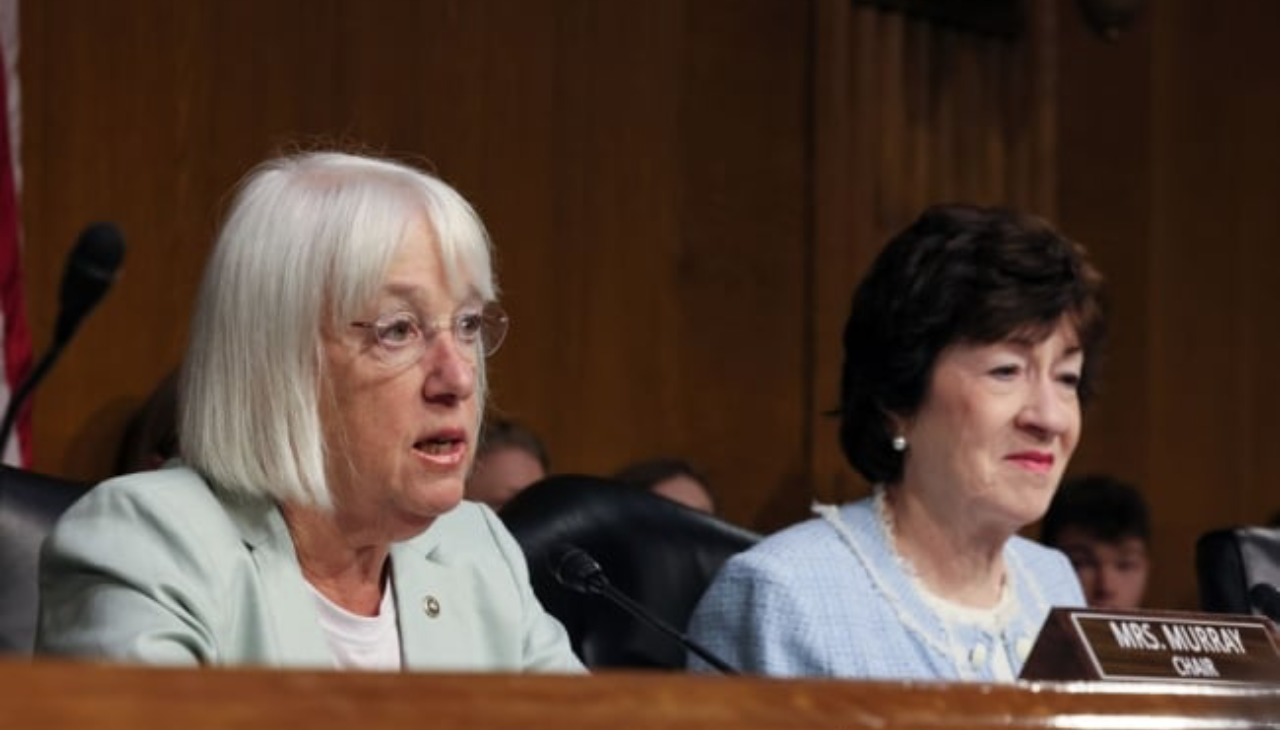
Connecticut will be the first state to require schools to offer Black and Latino studies
The courses, to be launched in the fall of 2022, will be optional for students and will shed light on the contributions of both communities to the country.
Connecticut Governor Ned Lamont announced Wednesday in a press release that the state's high schools will be required to include in their curriculum "an optional course of study that will provide students with a better understanding of the contributions of African Americans, Blacks, Puerto Ricans and Latinos to the history, society, economy and culture of the United States."
It is the basis for the expected Public Law 19-12, which the Lamont administration signed last year and will be effective next Fall, 2022. The decree will make Connecticut the first state in the country to implement a measure that meets the demands for greater diversity in secondary education.
Those demands led by many Latino and African-American teens are having an effect on school districts across the country, where an increasing number of K-12 curricula are paying attention to diversity and striving to incorporate the history and culture of a multicultural student body.
However, Governor Lamont lamented how long it has taken to implement the measures, adding in his statement that "increasing the diversity of what we teach is critical for students to better understand who we are as a society and where we are going."
He also pointed out that the benefit is not only for students of color, but for young people as a whole, since any teenager will be able to take the courses.
RELATED CONTENT
For his part, Miguel Cardona, Connecticut's education commissioner, welcomed the law and said that 27% of the state's students identify themselves as Latino or Hispanic, while 13% identify themselves as African-American or Black.
"This curriculum recognizes that by connecting the history of people of color in the U.S. with the larger history of American history. The fact is that more inclusive and culturally relevant content in classrooms leads to greater student participation and better outcomes for all," said Cardona, who stressed that "identities matter."
But what about Native American students? According to CNN, a bill has also been proposed to include the history of the community in the curriculum, which is currently recommended, but not mandatory for schools.
Not all states are as forward in the fight for inclusion.
The New Jersey Senate Education Committee passed legislation for school districts to provide diversity education as part of the Comprehensive Health and Physical Education Student Learning Standards with the goal of creating much safer and more tolerant educational environments across racial, ethnic, sexual, religious, and physical or mental condition differences. However, the measure was met with reluctance by Republicans, who are particularly concerned about the discourse on sexual diversity creeping into the programs. New Jersey State Senator Mike Doherty went as far to accuse the bill of "exacerbating our differences" and "turning people of religious faith into second-class citizens. "
This is not the only "pearl" from the senator, who, during a memorial service for the victims of the 9/11 attacks, also began his speech denying systemic racism in the U.S. and called the BLM movement a "Marxist movement."











LEAVE A COMMENT:
Join the discussion! Leave a comment.